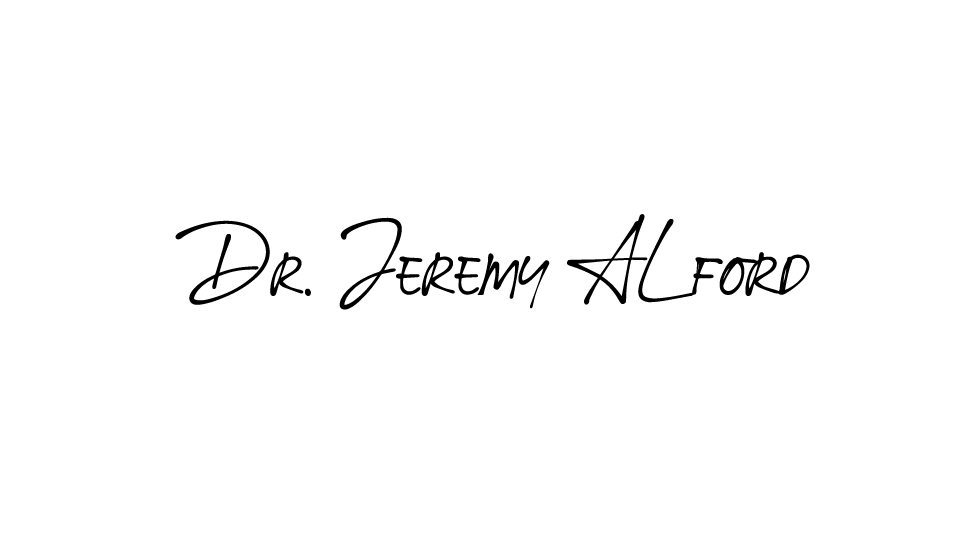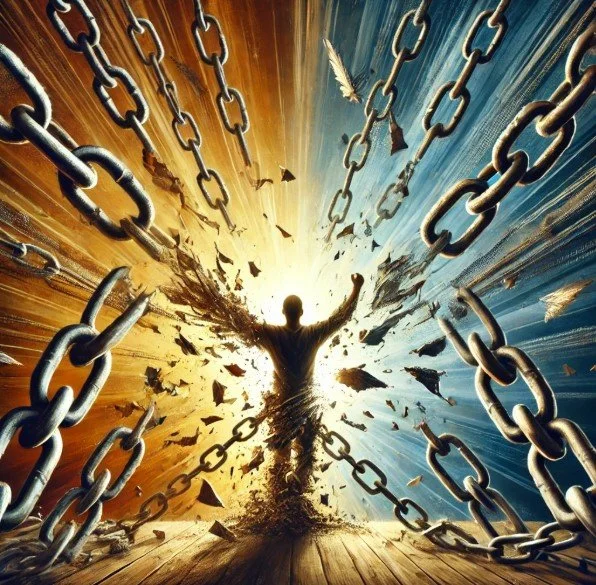Understanding Generational Trauma: What It Looks Like Today and How to Heal
Generational trauma, also known as intergenerational or transgenerational trauma, is a silent but profound force that can shape our beliefs, behaviors, and relationships. Unlike acute trauma, which stems from a single event, generational trauma is passed down through families, manifesting in patterns that may seem invisible until closely examined.
This phenomenon reflects the impact of unresolved trauma experienced by ancestors, influencing subsequent generations' emotional and psychological landscapes. Recognizing its presence in your life is the first step toward healing and breaking the cycle.
What Does Generational Trauma Look Like Today?
Generational trauma can present itself in various ways:
Emotional Patterns
Feelings of chronic guilt, shame, or unworthiness without clear origins.
Difficulty regulating emotions, leading to heightened reactivity or emotional numbness.
Behavioral Repetition
Repeating harmful family dynamics, such as cycles of abuse, addiction, or neglect.
Difficulty maintaining healthy boundaries in relationships.
Physical Manifestations
Chronic stress-related conditions, such as migraines, digestive issues, or insomnia, stemming from inherited stress responses.
Epigenetic changes, where trauma-induced stress in one generation affects the biological stress responses of the next.
Family Narratives
Internalized family stories about suffering, sacrifice, or survival that shape personal identity and decision-making.
Parenting Styles
Overprotectiveness or neglect that mirrors previous generations’ coping mechanisms.
Why Is It So Hard to Identify?
Generational trauma often operates subconsciously. Family members may not even recognize its presence, as the pain has become normalized. Statements like "That's just how things are in our family" can mask underlying trauma. Cultural stigma and lack of awareness also make it challenging to address.
What Can You Do to Break the Cycle?
Acknowledge the Patterns
Reflect on family stories and dynamics. Journaling, creating family trees, or having open conversations with relatives can help illuminate these patterns.Educate Yourself
Learn about trauma and its effects. Understanding that behaviors might stem from inherited wounds can foster compassion for yourself and others.Cultivate Emotional Resilience
Practice mindfulness to become aware of triggers and responses.
Develop self-soothing techniques to manage stress and emotional overwhelm.
Set Boundaries
Breaking generational cycles often requires setting boundaries that protect your well-being, even if it disrupts long-standing family norms.Seek Support
Healing doesn’t have to happen in isolation. Lean on trusted friends, support groups, or therapists trained in trauma-focused approaches.
How Therapy Can Help
Therapy provides a safe and structured space to unravel the complexities of generational trauma. A trained therapist can:
Identify Patterns: Helping you recognize unconscious behaviors and beliefs rooted in family trauma.
Heal Wounds: Guiding you through techniques such as EMDR (Eye Movement Desensitization and Reprocessing), somatic experiencing, or cognitive-behavioral approaches to process trauma.
Build Healthy Connections: Assisting in redefining relationships with family members and building a healthier relationship with yourself.
Empower Change: Supporting you to create new patterns for future generations, breaking the cycle of trauma.
By understanding your past and its impact on your present, therapy equips you with tools to reclaim agency and build a life rooted in intentionality and resilience.
Closing Thoughts
Generational trauma can feel like an unshakable shadow, but healing is possible. Awareness, education, and intentional action are powerful antidotes to inherited pain. Therapy, in particular, offers an invaluable pathway to transform inherited suffering into a legacy of strength and growth.
Further Reading
"It Didn't Start with You: How Inherited Family Trauma Shapes Who We Are and How to End the Cycle" by Mark Wolynn
"The Body Keeps the Score: Brain, Mind, and Body in the Healing of Trauma" by Bessel van der Kolk, M.D.
These resources provide deeper insights into trauma and healing, offering tools to start your journey toward breaking generational patterns.
I’m here for you. Let’s talk.



